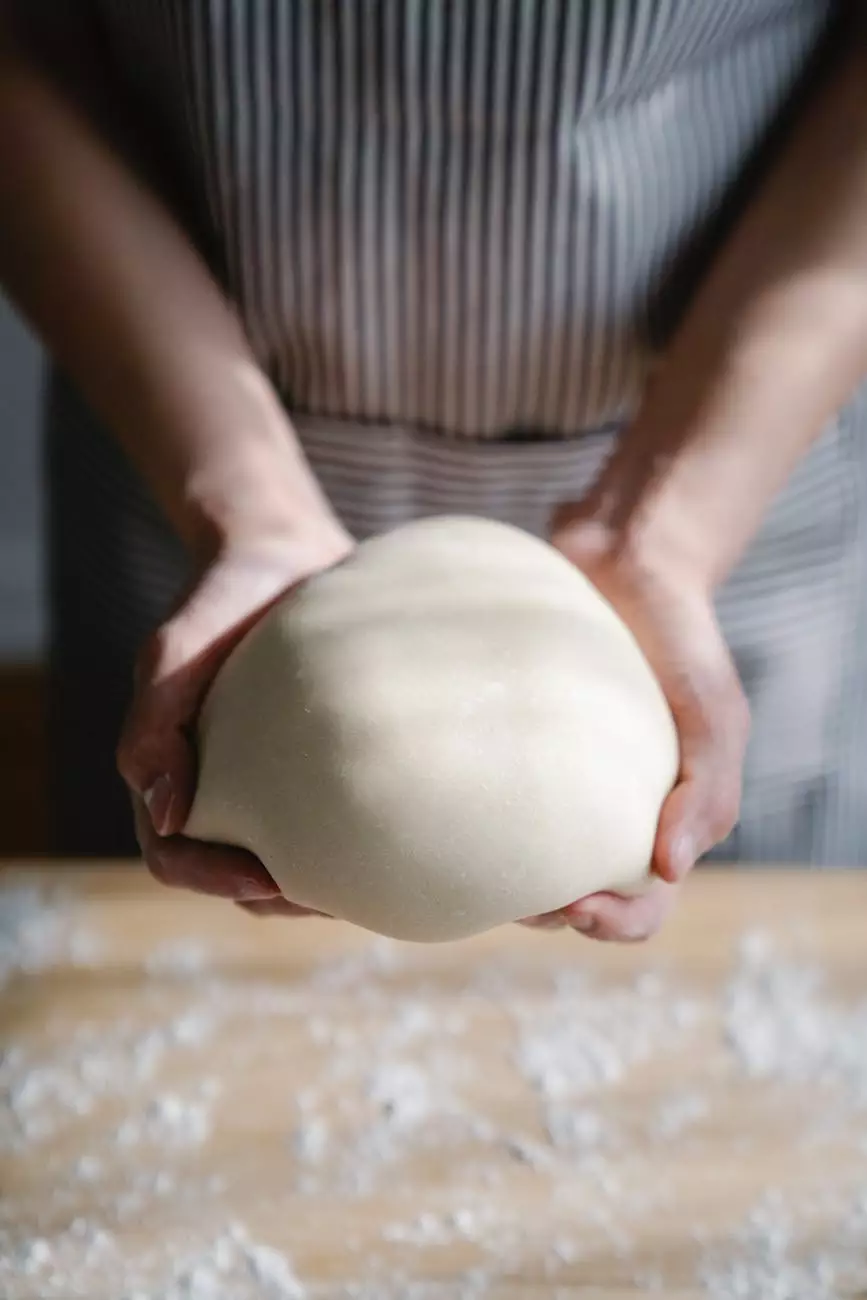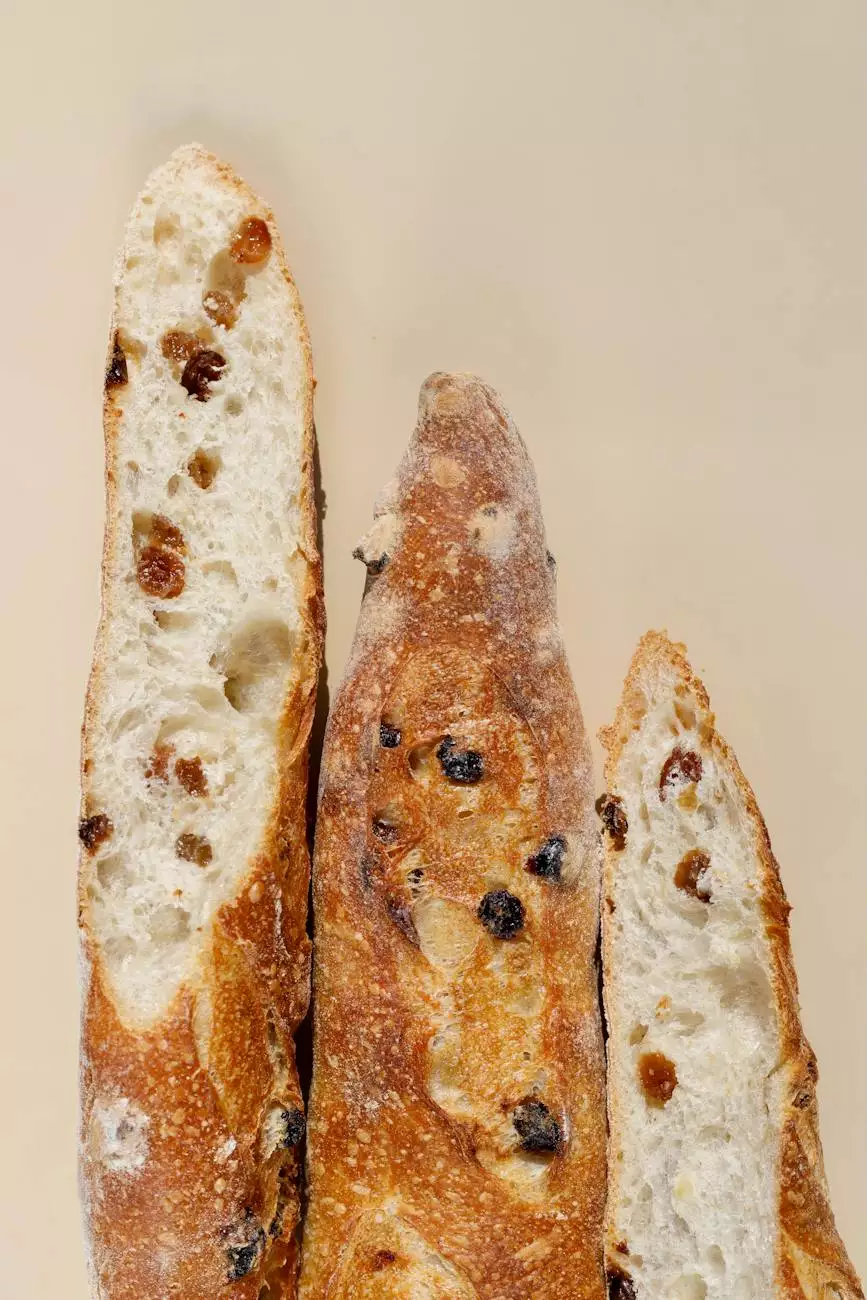Creating Ciabatta
Blog
The Art of Ciabatta Bread
At NJCLT, we are passionate about sharing the Italian language, culture, and cuisine with our students. One of our favorite culinary delights is ciabatta bread. In this article, we will guide you through the process of creating your very own ciabatta bread from scratch.
Understanding Ciabatta
Ciabatta is a traditional Italian bread known for its light, airy texture and distinctive flavor. It originated in the northern regions of Italy, particularly in the Lombardy and Veneto regions. The name "ciabatta" translates to "slipper" in Italian, which refers to the bread's elongated shape and rustic appearance.
What sets ciabatta apart is its unique method of preparation. The dough is typically made with high hydration, giving it a wet and sticky consistency. This allows the bread to develop a characteristic open crumb structure and a crispy crust when baked.
The Ciabatta Process
To create authentic ciabatta bread, you will need a few key ingredients:
- Bread Flour: High-protein bread flour is essential for achieving the desired texture and structure of ciabatta.
- Yeast: Active dry yeast or instant yeast is used to leaven the dough.
- Water: The high hydration is what gives ciabatta its characteristic lightness.
- Salt: Salt enhances the flavor and helps regulate the fermentation process.
- Olive Oil: A small amount of olive oil adds richness to the bread.
Now, let's dive into the step-by-step process of creating ciabatta bread:
Step 1: Mixing
In a large mixing bowl, combine the bread flour, yeast, water, and salt. Stir the ingredients together until a shaggy dough forms. Add the olive oil and continue mixing until the dough becomes smooth and elastic.
Step 2: Fermentation
Cover the bowl with a damp cloth or plastic wrap and allow the dough to ferment for about 1-2 hours, or until it has doubled in size. This slow fermentation process allows the flavors to develop and gives the bread its characteristic taste.
Step 3: Shaping
Gently transfer the dough onto a well-floured surface. Be careful not to deflate the dough too much. Divide it into smaller portions and shape each portion into an elongated rectangular shape.
Step 4: Final Proofing
Place the shaped dough onto a parchment-lined baking sheet or a floured couche cloth. Cover it loosely with a damp cloth and let it proof for another 1-2 hours. This step allows the dough to rise further and develop its signature airy texture.
Step 5: Baking
Preheat your oven to a high temperature (around 450°F or 230°C) and place a baking stone or sheet on the middle rack. Carefully transfer the proofed dough onto the hot baking surface and immediately lower the oven temperature.
Bake the ciabatta for approximately 20-25 minutes or until it turns golden brown. You can test its doneness by tapping the bottom of the bread, which should produce a hollow sound.
Enjoying Your Homemade Ciabatta
Once your ciabatta bread is fresh out of the oven, resist the temptation to slice into it immediately. Allow it to cool for a few minutes, as this will help the flavors and textures to settle.
When it's ready, slice the ciabatta and serve it with your favorite toppings or fillings. It makes a perfect base for sandwiches, bruschettas, or simply dipping into olive oil and balsamic vinegar.
With the knowledge and skills you've gained, you can proudly share this delicious Italian bread with your loved ones and impress them with your baking prowess.
Conclusion
Creating ciabatta bread is both an art and a science. At NJCLT, we believe in preserving and honoring the traditions of Italian cuisine. By following these steps and experimenting with different variations, you can master the art of making authentic ciabatta bread in your own kitchen.
Are you ready to embark on this culinary journey with us? Explore our Italian language and culture courses by visiting our website, and let us guide you through the rich tapestry of Italy's language, traditions, and delectable cuisine. Buon appetito!










